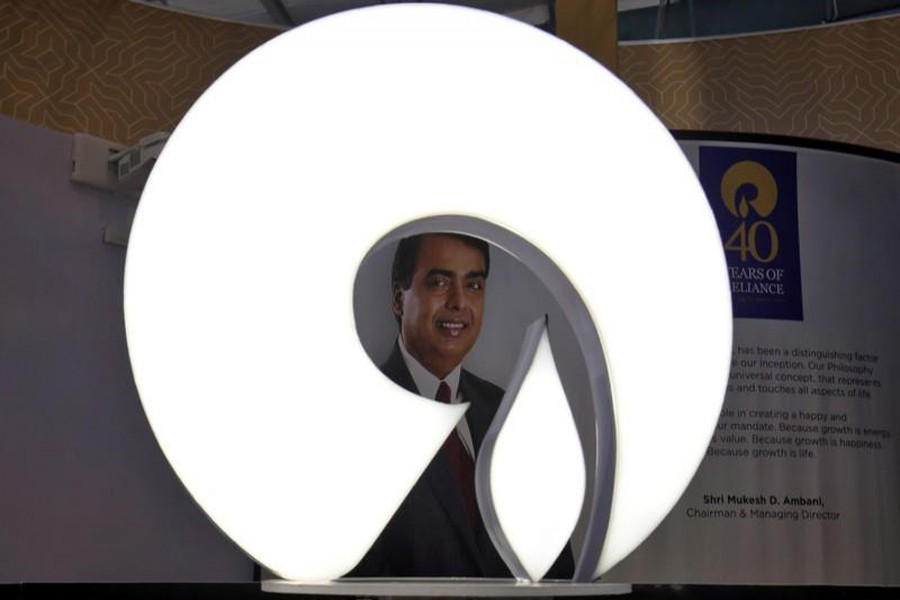India’s Reliance Industries on Thursday posted record quarterly profit driven by its telecoms, retail and petrochemicals businesses, which offset the impact of a weaker refining margin due to volatile crude prices.
The results saw the conglomerate making progress in its drive, announced last year, to make its consumer businesses eventually as large as its core energy operations, which are also struggling with slowing growth in China.
“Consumer business now contributes more than 25 percent of the EBITDA (earnings before interest, tax, depreciation and profit),” V Srikanth, joint chief financial officer said, referring to the telecoms and retail businesses.
The businesses contributed around 12 per cent to EBITDA in 2017.
Net profit on a consolidated basis rose to 102.5 billion rupees ($1.44 billion) in October-December, beating analysts’ average estimate of 96.48 billion rupees, according to Refinitiv Eikon data.
Consolidated revenue grew 56.4 per cent to 1.60 trillion rupees.
Gross refining margin (GRM) - the profit earned on each barrel of crude processed - was $8.8 per barrel for the quarter, the lowest for 16 quarters but outperforming the benchmark Singapore complex margin by $4.5 per barrel.
Operating profit from refining fell 18 per cent year-on-year, despite a 47 per cent jump in revenues from that business.
Srikanth said that while there would be short-term weakness in refining, the company could cope due to its ability to process a wide variety of crudes and a diversified business portfolio.
Reliance’s refinery in the western state of Gujarat is the world’s biggest single-location refinery, with a capacity to process 1.36 million barrels per day of crude.
The telecoms business is central to the ambition of Chairman Mukesh Ambani, Asia’s richest man, to boost the company’s consumer operations.
In the last two years, Reliance’s telecoms start-up Jio has used cut-price data and free voice calls to corner over 250 million subscribers, leaving rivals nursing losses, Reuters reported.
Jio posted a nearly 65 per cent jump in quarterly profit to 8.31 billion rupees ($117 million).
The company said last month it would hive off its tower and fibre assets, a move that could help sell or list the assets in future.
“We’re in the process of de-merging our tower and fibre business and the end objective will be to have different set of investors who would want to run these companies,” said Srikanth.
“This means that these assets go off our balance sheets so the liabilities also go down,” he added.
Reliance’s outstanding debt in the end of December was around $40 billion, while cash and cash equivalents was $11 billion.


